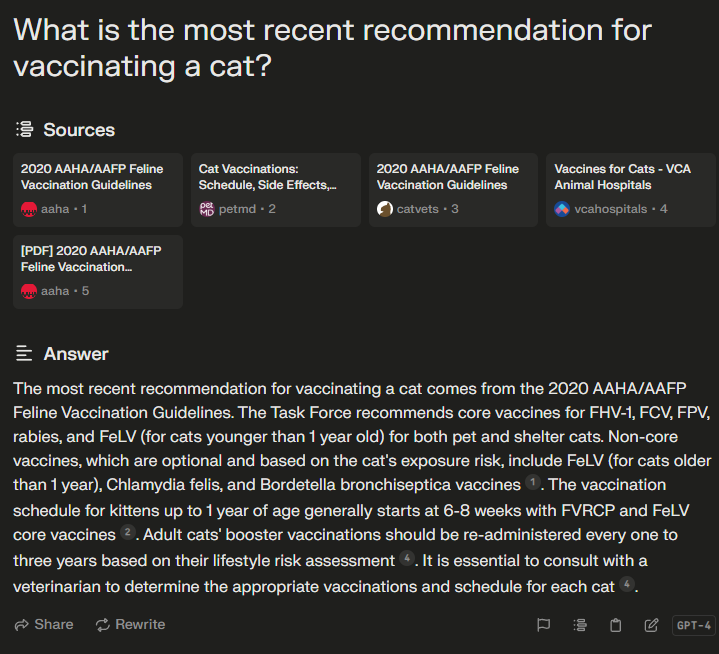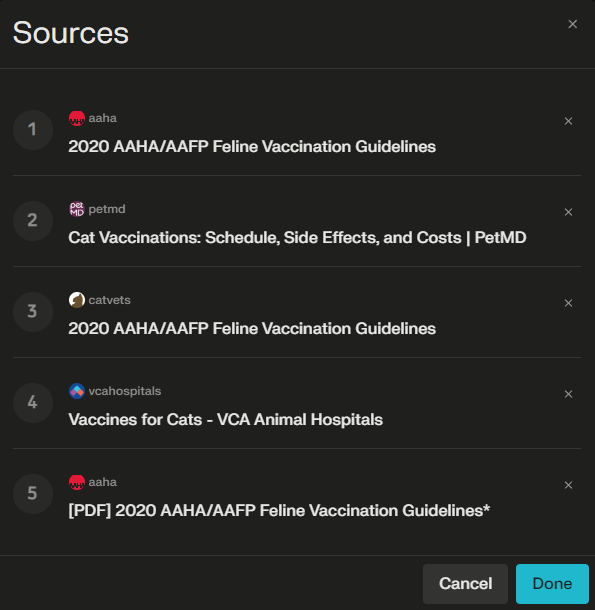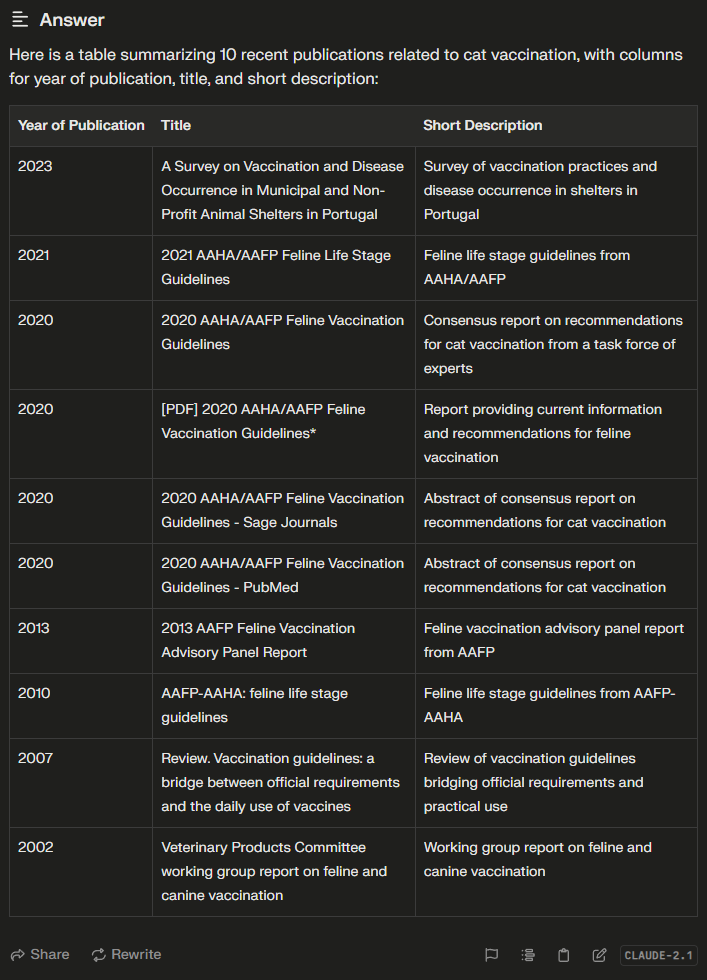Unlocking the Power of Perplexity: Your AI Research Assistant
Written on
Chapter 1: Introduction to Perplexity
Perplexity.ai is a remarkable tool designed to enhance your ability to search for and analyze scientific literature with ease. It offers a straightforward way to validate information sources. Users can even subscribe to receive email notifications for newly published content related to their interests.

When utilizing this AI tool, it’s crucial to critically evaluate the accuracy of the responses it generates. Perplexity simplifies the process of checking information sources, making it easier to cross-verify the data provided. (All images were created using Midjourney by the author.)
Perplexity stands out from other tools like ChatGPT, as it showcases the sources of its information clearly. This transparency is vital because it reminds us to verify facts rather than accept them at face value. Bots, while sophisticated, are not infallible and can produce inaccuracies that necessitate human oversight.
The inclusion of source annotations in Perplexity’s output allows users to trace the origins of the information and assess its reliability.
Example 1: Finding Scientific Recommendations
Let’s say you're interested in the latest guidelines for cat vaccinations. Simply navigate to Perplexity.ai, and you will find an intuitive search bar reminiscent of a traditional search engine.

To maximize your search efficiency, craft a detailed prompt rather than just entering keywords. For instance, you could ask, “What are the most recent recommendations for vaccinating a cat?”
This approach yields a comprehensive response, which includes:
- The answer, complete with citations
- A clickable list of references to the original sources
- (Pro feature) Information on the AI model used, such as GPT-4, which is available in the premium version; the free version utilizes GPT-3.

Editing Information Sources
The sources that support the provided information are listed at the top of the response. Clicking on them will take you to the relevant website or document. You can view all sources by selecting Icon 1 located in the bottom right corner. If you find any sources questionable, simply click the 'x' next to them to remove them. Perplexity will then regenerate the response without those sources.

Icon 1: Display a list of information sources. Icon 2: Copy the answer, including its citations, to paste it onto another document. Icon 3: Edit Query to modify your prompt.

Once you're satisfied with the response and its citations, click Icon 2 to copy it into another document, like Word. The citations are neatly formatted, though only a few will appear directly in the text.
Here’s an example answer generated using the GPT-4 model:
The latest recommendations for cat vaccinations are outlined in the 2020 AAHA/AAFP Feline Vaccination Guidelines. Core vaccines suggested include FHV-1, FCV, FPV, rabies, and FeLV (for cats under 1 year old), applicable to both household and shelter cats. Optional vaccines, which depend on the cat’s exposure risk, encompass FeLV (for cats over 1 year), Chlamydia felis, and Bordetella bronchiseptica. The vaccination schedule for kittens starts at 6–8 weeks with core vaccines. Adult cat booster shots should be administered every one to three years, depending on their lifestyle risks. Consultation with a veterinarian is crucial to tailor the vaccination plan for each individual cat.
Citations:
Example 2: Staying Updated with Perplexity
Perplexity also keeps you informed about the latest trends. If you're embarking on a new project related to cat vaccinations but lack familiarity with recent developments in veterinary care, you can quickly gather information by asking, “List 10 most recent publications on cat vaccination.” This will generate a list of relevant papers and links, allowing you to delve deeper into your topic.

With the paid version, users can access the Anthropic Claude-2.1 model for even more advanced queries.
Example 3: Organizing Your Findings
If you need to present your findings professionally, consider formatting the response as a table. To do this, click on Icon 3 and specify your request by saying:
"Tabulate the answer into 3 columns: 'Year of Publication,' 'Title,' and 'Short Description.'"

Here are some tips for effective table formatting:
- Use quotes to maintain exact phrasing for column headers.
- Be specific in your column titles to avoid truncation.
- Adjusting your prompt is often more efficient than asking follow-up questions.
Affiliate Disclosure
Perplexity is free to use, but you can upgrade to Perplexity Pro for premium features such as Copilot, GPT-4, Claude-2.1, and unlimited file uploads, all aimed at enhancing your productivity. A subscription starts at $20 per month, with a full refund available within 14 days.
If you sign up through this referral link, you’ll save $10 on your subscription, and I will also receive a $10 credit. Thank you for your support!